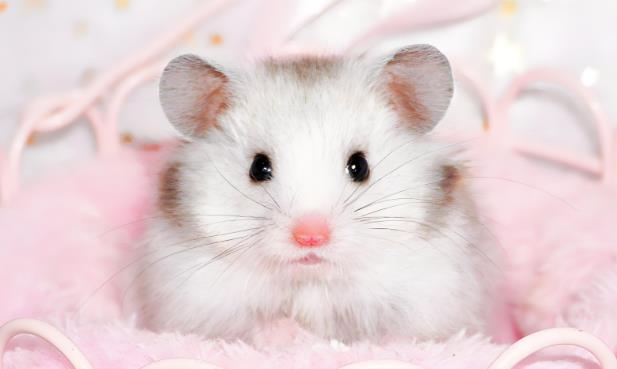I. Common Domestic Hamster Breeds
Syrian Hamster (Golden Hamster)
Size: 15-20 cm (the largest among hamster species)
Traits: Highly solitary, gentle temperament, diverse coat colors (including long-haired and short-haired varieties)

Lifespan: 2-3 years
Care Note: Must be housed alone. A cage of at least 60 cm in basic size is recommended.
Campbell's Dwarf Hamster (Winter White Hamster)
Subspecies Included:
Wild Campbell's (gray back with dark stripe)
Silver Fox (silver-white stripe on the back)
Pudding (light yellow coat)
Purple Hamster (gray-purple coat)
Size: 8-11 cm
Trait: Coat may turn white in winter (not a hibernating species)
Campbell's Russian Dwarf Hamster
Difference from Winter White Hamsters: Has a thicker single dark stripe on the back
Temperament: More sensitive and prone to biting
Health Risk: A breed with a high risk of developing diabetes
Roborovski Dwarf Hamster (Robo Hamster)
Size: Only 4-5 cm (the smallest hamster species)
Trait: Can be kept in groups (must be raised together from a young age)
Exercise Requirement: A running wheel (with a diameter of at least 15 cm) is necessary
II. Notes on Special Breeds
Chinese Hamster: Its tail length is close to its body length. It is a commonly used breed in laboratories.
Fat-tailed Gerbil: Has a tuft of hair at the tip of its tail and requires sand baths for cleaning.
Fancy Rat: Not a member of the hamster family, but is often classified as a pet rodent.
III. Key Care Tips
Cage Selection
Basic Cage: Syrian hamsters need a cage of at least 60 cm.
Bedding: Aspen shavings or paper-based bedding are recommended (avoid cedar shavings).
Dietary Restrictions
Forbidden Foods: Citrus fruits, onions, chocolate
Recommended Foods: Specialized hamster food plus fresh vegetables (e.g., carrots)
Health Monitoring
Common Diseases: Wet tail (diarrhea), cheek pouch inflammation
Abnormal Signs: Sudden weight loss, excessive scratching of the ears
